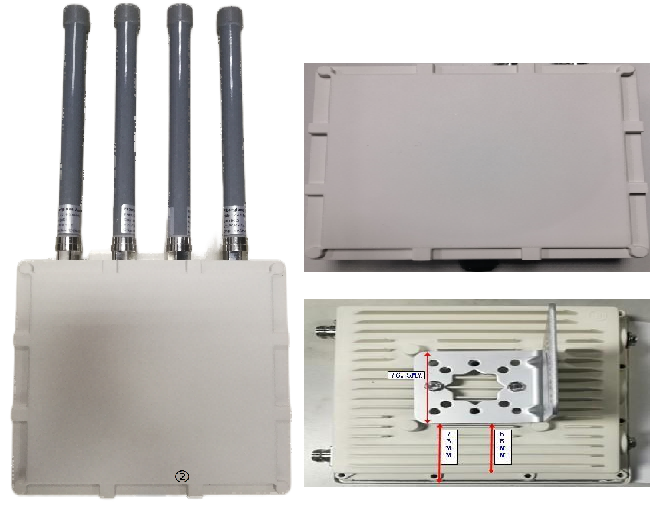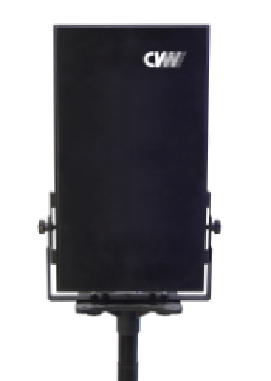In today's fast-paced digital world, wireless high-speed data transmission terminals have become an integral part of our lives. These devices enable us to access and transmit data seamlessly, revolutionizing the way we communicate and interact with the world. This article aims to delve into the inner workings of wireless high-speed data transmission terminals, exploring the technologies behind them and shedding light on their significance in various industries.
Understanding Wireless High-Speed Data Transmission
Wireless high-speed data transmission refers to the process of transmitting data without the need for physical connections. It relies on electromagnetic waves to carry information from one point to another. These waves are typically transmitted through the air using various frequencies and modulation techniques.
Key Components of Wireless High-Speed Data Transmission Terminals
Wireless high-speed data transmission terminals consist of several essential components that work together to ensure efficient data transfer. These components include:
a) Transmitter: The transmitter is responsible for converting the data into electromagnetic waves suitable for wireless transmission. It modulates the data onto a carrier wave and amplifies it for efficient transmission.
b) Receiver: The receiver, located at the receiving end, captures the transmitted electromagnetic waves and demodulates them to retrieve the original data. It also amplifies the weak signals to ensure accurate data reception.
c) Antenna: The antenna plays a crucial role in both the transmitter and receiver. It converts electrical signals into electromagnetic waves for transmission and vice versa for reception. Antennas come in various shapes and sizes, depending on the specific application and frequency range.
d) Modulation Techniques: Modulation techniques are employed to encode the data onto the carrier wave. Common modulation techniques include amplitude modulation (AM), frequency modulation (FM), and phase modulation (PM). These techniques allow for efficient data transmission and reception.
Wireless High-Speed Data Transmission Technologies
Several wireless technologies enable high-speed data transmission, each with its unique advantages and applications. Some of the prominent technologies include:
a) Wi-Fi (Wireless Fidelity): Wi-Fi technology utilizes radio waves to transmit data over short distances. It operates in the unlicensed frequency bands, typically 2.4 GHz or 5 GHz. Wi-Fi has become ubiquitous, enabling wireless internet access in homes, offices, and public spaces.
b) Bluetooth: Bluetooth technology is designed for short-range wireless communication, typically within a range of 10 meters. It is commonly used for connecting devices such as smartphones, laptops, and wireless headphones. Bluetooth operates in the 2.4 GHz frequency band.
c) 4G and 5G: 4G (Fourth Generation) and 5G (Fifth Generation) are cellular network technologies that provide high-speed wireless data transmission over long distances. These technologies enable seamless internet connectivity on mobile devices, supporting applications such as video streaming, online gaming, and real-time communication.
d) Satellite Communication: Satellite communication involves transmitting data to and from satellites orbiting the Earth. It enables long-range wireless data transmission, making it ideal for remote areas and maritime applications. Satellite communication is widely used for television broadcasting, global positioning systems (GPS), and internet connectivity in remote regions.
Applications of Wireless High-Speed Data Transmission Terminals
Wireless high-speed data transmission terminals find applications in various industries, transforming the way we work, communicate, and access information. Some notable applications include:
a) Telecommunications: Wireless data transmission terminals are the backbone of modern telecommunications networks. They enable voice calls, video conferencing, and internet connectivity, facilitating seamless communication across the globe.
b) Internet of Things (IoT): IoT devices rely on wireless high-speed data transmission terminals to connect and exchange data. From smart homes to industrial automation, these devices enable efficient data transfer, enabling real-time monitoring and control.
c) Healthcare: Wireless data transmission terminals play a vital role in healthcare, enabling remote patient monitoring, telemedicine, and real-time data sharing between medical professionals. They enhance the efficiency and accessibility of healthcare services, especially in remote areas.
d) Transportation: Wireless high-speed data transmission terminals are crucial in the transportation industry, enabling real-time tracking, fleet management, and communication between vehicles. They enhance safety, efficiency, and logistics in various transportation modes.
Wireless high-speed data transmission terminals have revolutionized the way we communicate, work, and access information. Through the use of advanced technologies and components, these devices enable seamless data transfer over short and long distances. From Wi-Fi to cellular networks and satellite communication, wireless high-speed data transmission terminals find applications in various industries, transforming the way we live. As technology continues to advance, these terminals will play an increasingly significant role in shaping our digital future.

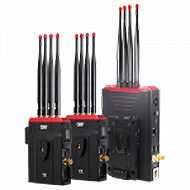 Multi-camera wireless video transmission
Multi-camera wireless video transmission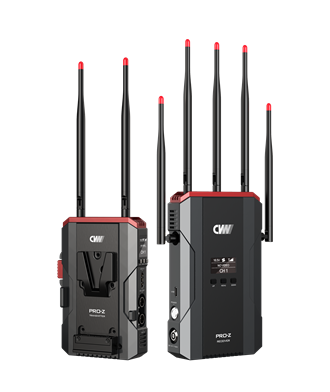 Zero Latency Wireless Video Transmission
Zero Latency Wireless Video Transmission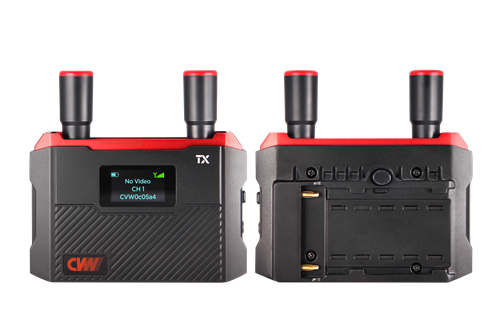
 Designed for teleoperating the heavy equipment
Designed for teleoperating the heavy equipment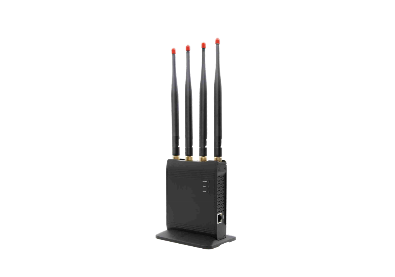 Wireless high-speed data transmission
Wireless high-speed data transmission